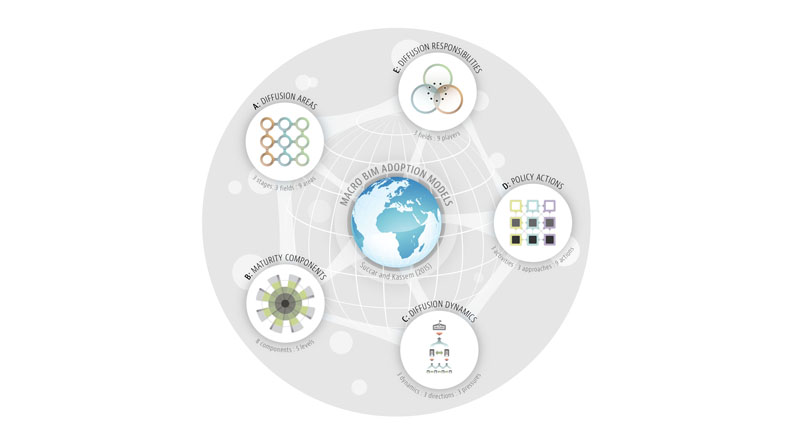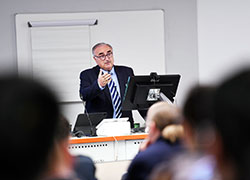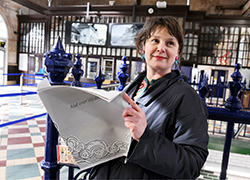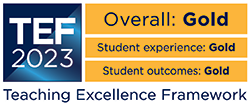Research will help develop international BIM Initiatives
An internationally-leading research collaboration, involving a Teesside University academic, will help policy makers around the world achieve higher productivity within their construction industries.

Dr Mohamad Kassem from Teesside University’s Technology Futures Institute, and Dr Bilal Succar from the Centre for Interdisciplinary Built Environment Research at the University of Newcastle, Australia, have developed a number of models to help policy makers with initiating or benchmarking their national Building Information Modelling initiatives.
Building Information Modelling, or BIM, is a set of technologies and processes providing rich digital representations of facilities, their spaces and functions. After three years of research, Dr Kassem and Dr Succar, have developed the models, which are the first of their kind, and have been published in a number of peer-reviewed articles.
The first five models are presented in ‘Macro-BIM adoption: Conceptual Structures’ , a peer-reviewed journal paper and are explained in short videos on YouTube. The research is particularly timely as new national BIM initiatives are currently being launched in many different countries.
Among the research findings is a model that identifies eight key components that must be measured and compared in order to establish the BIM maturity of each country. The eight components are:
• Objectives, stages and milestones • Champions and drivers • Regulatory framework • Noteworthy publications • Learning and education • Measurements and benchmarks • Standardised parts and deliverables • Technology infrastructure.
A second model helps policy makers to identify the set of activities needed to encourage BIM adoption. The third model identifies the roles of different stakeholders, and how each must play a role in BIM diffusion. Another establishes the metrics to assess the extent of BIM diffusion within organisations and across markets.
Dr Kassem and Dr Succar have already used these models to assist a number of international policy makers in developing their national BIM initiatives.
Also, using these models and other specialised metrics, Dr Kassem and Dr Succar have recently launched the first worldwide assessment to benchmark and compare the BIM maturity of whole countries.
The assessment campaign includes 20 countries so far, with input received from more than 100 selected international experts. The results of this campaign will be available by mid-2016 with preliminary results presented at the European BIM Summit in Barcelona in February.
Dr Kassem said: 'These models are very timely as without such metrics, there is no accurate way to assess and compare the BIM maturity of whole markets.' Dr Succar added: 'These models are available for all to use and can assist policy makers in developing their national BIM adoption policies using clear, research-based methods.'
In establishing the models, Dr Kassem and Dr Succar hope their research will contribute to BIM adoption across markets and in assisting policy makers to achieve higher productivity in their respective countries.
If you'd like to participate in in this ongoing research, please contact Dr Kassem on m.kassem@tees.ac.uk.
 Teesside University hosts groundbreaking hydrogen conference
Teesside University hosts groundbreaking hydrogen conference University supporting development of new £1m concrete plant
University supporting development of new £1m concrete plant Academic’s artwork on display at Middlesbrough station
Academic’s artwork on display at Middlesbrough station